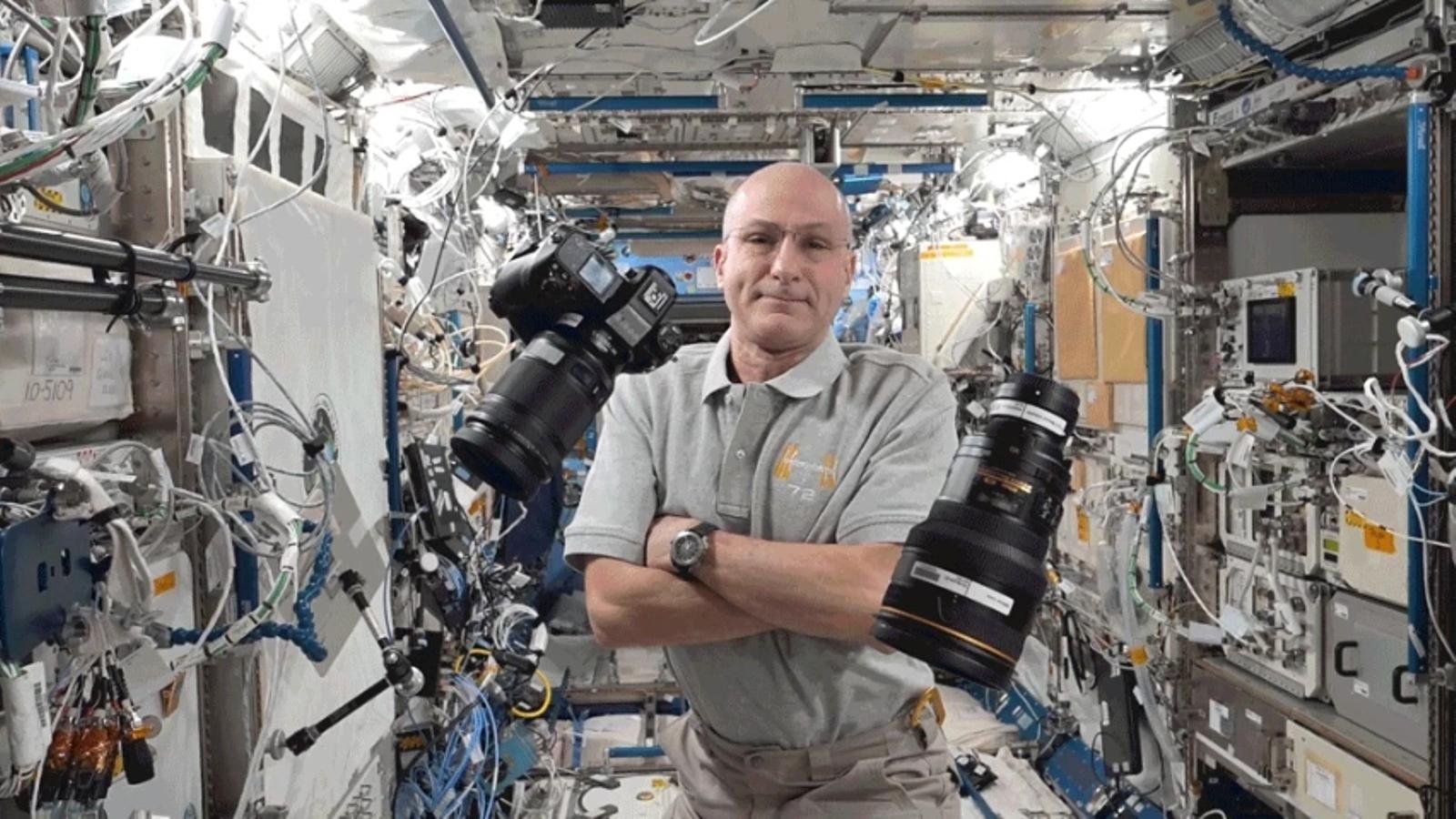NASA astronaut Don Pettit posted this image of the Mediterranean Sea, accompanied by the text "Sun reflection in the Mediterranean Sea (infrared and converted to black and white). When the sun reflects off the ocean, watery details appear that are not visible under normal lighting. Tiny centimeter differences in ocean height become visible, revealing hidden currents.
Science meets art: Astronaut Don Pettit amazes the world with his photographs
The scientific images that the Space Station crew member shares on NASA's social media


BarcelonaDon Pettit He recently spent seven months aboard the International Space Station. During his stay, Pettit contributed to research for future space missions. Pettit also shared what he calls "opportunity science" to demonstrate how experimenting with our environment can help us better understand how things work. In his understanding of science, this understanding is enhanced when art and science come together.
Photograph of NASA astronaut Don Pettit demonstrating electrostatic forces using charged water droplets and a Teflon knitting needle. This series of overlapping frames shows the unique attraction-repulsion properties of Teflon and the charged droplets, similar to how charged particles from the Sun behave when they come into contact with Earth's magnetic field. Highly energetic particles from space colliding with atoms and molecules in the atmosphere create the aurora borealis.
NASA astronaut Don Pettit photographs the "cosmic colors of sunrise." From 400 kilometers above the Earth's surface, the International Space Station's orbital path covers most of Earth's population, providing valuable data and ample opportunities for stunning photographs.
Astronaut photographs can contribute to the study of transient lightning events, colorful electrical discharges that occur above thunderstorms. Their images can be combined with data from the Atmosphere-Space Interactions Monitor (ASIM) and Thor-Davis, a high-speed storm camera. The combined efforts of crew photography and instruments aboard the International Space Station help scientists better understand storms and their impacts on Earth's upper atmosphere.
Increased research on the International Space Station means more power to run the orbiting laboratory. NASA astronaut Don Pettit photographs new and old solar panels side by side. The technology used by the International Space Station's Deployable Solar Arrays (IROSA), right, was first tested aboard the station in 2017. By 2023, six solar arrays were deployed aboard the station, providing a 20-30 percent increase in operations. Deployable solar arrays were also used on NASA's DART asteroid mission and are now slated for the lunar Gateway base, a vital component of Artemis.
"I'm the guy with no name who stays inside the tent helping the knights prepare for battle. I stay in the airlock, preparing these knights for a walk outside." NASA astronaut Don Pettit helped his colleagues suit up for two spacewalks in January. The first spacewalk involved applying patches to the Neutron Star Interior Composition Explorer (NICER), a telescope that measures X-rays from neutron stars and other cosmic objects. Interference from sunlight affected data collection, and the patches reduced this problem. On the second spacewalk, astronauts collected samples from the exterior of the International Space Station to detect microorganisms external to the ISS. This research examines whether the orbiting laboratory releases microbes, how many, and how far they can travel. The findings could inform the design of future spacecraft, including spacesuits, to limit biofouling during future space missions.
An image of the hands of NASA astronauts Nick Hague, left, and Suni Williams inside the life science glove box, a facility on the International Space Station that separates the science from the scientists, protecting both from contamination.
The International Space Station's freezers are just as crucial as its experiment modules, preserving samples for analysis back on Earth. The laboratory freezer stores samples at ultra-cold temperatures. NASA astronaut Don Pettit used it to freeze thin wafers of ice, which he photographed with a polarizing filter to reveal unique crystalline structures.
